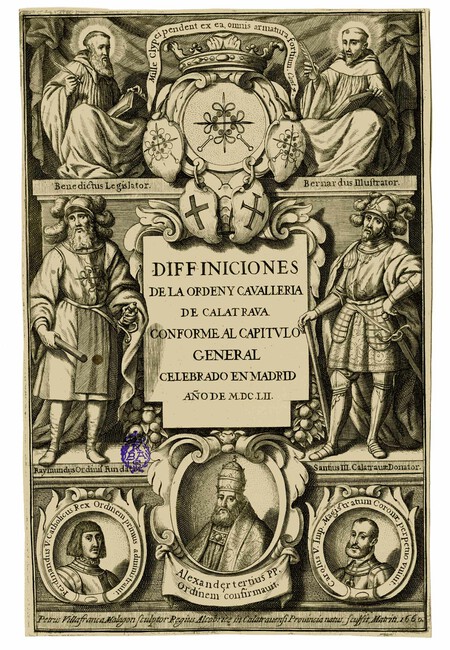The Order of Calatrava, of a military and religious nature, was founded in the 12th century with the objective of protecting the town of Calatrava against Ciudad Real. Men, elite warriors in their time, whose bodies lie inside one of their best buildings: the Zorita de los Canes castle in the province of Guadalajara. A recent study of 25 of these warriors has revealed a singular surprise: there was a woman.
Finding in the necropolis. Within the castle grounds, the Order had built the “corral de los condes”, the sacred place where their buried bodies rested. A group of researchers went there with the idea of studying 25 bodies that were buried between the 12th and 15th centuries: basically, collecting samples of the diet they ate.
However, the surprise has been double, since the remains buried in the necropolis showed that 23 of the individuals died in battle, but the remaining two were very different: a woman and a baby (unrelated between the two) among the warrior monks. .
Irrefutable evidence. The project of Rovira i Virgili University (URV) and the Max Planck Institute, analyzed the presence of carbon 14 and nitrogen 15 isotopes in the bones of the 25 individuals. They were studied to determine the age, sex, morphology and health of the individuals, in addition to determining their lifestyle and causes of death.
Of the 25 skeletons, 23 had marks compatible with a violent death, mainly from puncture and blunt wounds that were found in the most vulnerable parts of the body and unprotected by the weapons of the time. However, the skeletons of men and women have specific characteristics that differentiate them, with the morphology of the facial bones and pelvis being obvious examples. Thus they came to the surprising conclusion.

Definitions of the Order and Chivalry of Calatrava
Characteristics and diet of women. They say in the study that the injuries led to thinking that the woman participated and died in battle, since there were no signs of bone regrowth in them. “It is possible that he died in a manner very similar to that of male knights, and it is likely that he wore some form of armor or chain mail,” he explains.
In addition, they did not have the same dietary indicators as the majority of the individuals analyzed, and they observed a lower level of protein consumption, “which could indicate a lower status in the social group,” they agree. the study.
Who could it be? In the absence of certainty, some researchers have hypothesized that she was a servant who would have been called to join the knights in the defense of the castle if necessary, although from the URV they do not believe soYo: “Her work as a maid would have left traces on her bones, indicators of certain types of physical activity that we can now identify.”
A warrior’s body. The woman’s body, it seemed, also featured attributes similar to those of the other warrior monks. In this case we are talking about activities where they were required to train in the use of the sword, an effort that leaves verifiable marks and that were also observed on the woman’s bones. That said, more analysis will be needed to determine whether or not she was truly a warrior.
Elite diet. Regarding the original work that sought to study the diets of these warriors, the results determined that the 23 individuals died in battle and that the knights of the order followed a diet typical of medieval high society, with a considerable contribution of animal proteins and fish. of sea, in an area far from the coast.
Women in the Middle Ages. The truth is that the situation around the Order of Calatrava, marked by men, is a reflection of the society of those times where there were clear gender restrictions determined by the Church and the aristocracy. Still, women in medieval times were not passive victims of religious patriarchy and often found ways to overcome obstacles.
That being said, the success and advancements of women failed to reverse the established orderand more restrictions were placed on women even as society entered the more enlightened era of the Renaissance.
Inequality, from the Middle Ages to today. In this regard, last year it was published in the journal PNAS A study which analyzed more than 10,000 dental remains collected in 140 medieval sites in Europe to identify the gender discrimination that existed during the Middle Ages, and whether it currently persists in the areas.
The results? People who live in areas where men have historically been favored over women continue to show more gender inequalities compared to cities where there has been more equal treatment between genders.
Image | Romanoski, Peter of Villafranca
In Xataka | The monks who turned their backs on Arabic numerals: this is the strange numbering system that the Bernards have used for eight centuries





![[Img #74662]](https://thelatestnews.world/wp-content/uploads/2024/12/Organisms-with-the-shortest-life-150x150.jpg)






![[Img #74662]](https://thelatestnews.world/wp-content/uploads/2024/12/Organisms-with-the-shortest-life-300x200.jpg)


Add Comment